Squamous Cell Carcinoma is a type of skin cancer resulting from the squamous cells in the top layer of the skin. These same cells are also inside body parts, such as where we breathe and digest food. A long time in the sun is a considerable risk for this condition because it usually happens on parts of the body that get a lot of sunlight.
Squamous Cell Carcinoma's growth is connected to DNA harm that happens because of UV light from the sun and tanning beds. It often looks like a scaly red area but might look similar to warts or an open sore with higher edges. Left untreated, it can spread to other body parts, although it usually progresses slowly.
It is crucial to find Squamous Cell Carcinoma early for good treatment. Ways to treat it are cutting out the cancer, using radiation, or putting medicine on the skin. Some cases might be okay with treatments that do not need staying in the hospital, but we may have to take more significant steps for more severe conditions.
To stop skin problems, taking care of your skin is essential, such as not staying in the sun too much, using sunscreen often, and checking your skin occasionally. People with light skin color, those who got burned by the sun before, or have immune systems that are not strong may get squamous cell carcinoma more easily.
Progress in medical studies and treatments has improved the outlook for people with Squamous Cell Carcinoma. To lower this risk, keeping safe from the sun and having frequent check-ups with a doctor is essential to finding this type of skin cancer early on.
The number of people suffering from Squamous Cell Carcinoma, a common type of skin cancer, has gone up a lot recently all over the world. This increase is mostly because there's more ultraviolet (UV) radiation from the sun and from machines that people use to tan their skin![]() . Light-skinned people who like to sunbathe have a higher risk of Squamous Cell Carcinoma. The spread of this disease differs by place; areas near the equator show more cases because there is stronger sunlight exposure.
. Light-skinned people who like to sunbathe have a higher risk of Squamous Cell Carcinoma. The spread of this disease differs by place; areas near the equator show more cases because there is stronger sunlight exposure.

Squamous Cell Carcinoma, even though it is usually less aggressive than melanoma, can still be very dangerous if not treated quickly. If it is ignored, this type of cancer might spread to nearby tissues and also to other parts of the body that are far away. Although it doesn't spread as much as melanoma, we must treat it quickly. If we find and take care of it soon enough, usually the outlook is good. However, the complexity and challenges of treating serious cases highlight how important it is to have regular checks on the skin. It's necessary to reduce risks linked to Squamous Cell Carcinoma by using, e.g., sun protection measures.
To make proper treatment plans and foresee patient results, we need to know the different characteristics and effects of various kinds of squamous cell carcinoma.
The type we see the most begins on the top layer of skin, called Cutaneous Squamous Cell Carcinoma (CSCsC). It often appears as a firm, red bump or can also look like a flat sore with a coarse surface. Even though it grows slowly, conditions that do not receive treatment can cause aggressiveness in CSCC, leading to the invasion of tissues.
Metastatic squamous cell carcinoma is a complicated cancer type, which makes the treatment hard. It needs different kinds of therapy since the disease spreads a lot. This occurs when cells from the primary tumor move to different body parts or lymph nodes.
The term “in situ” refers to a type of cancer that remains in a single location and does not move into surrounding tissues. For example, in the case of squamous cell carcinoma, it indicates that the unusual cells are confined only to the epidermis, which is the outermost layer of skin. It is necessary to address these ‘in situ' lesions fast, even if they don't spread, because doing so can prevent them from developing into more severe forms of cancer.
It is important to discover the various factors contributing to the development of squamous cell carcinoma, which may include a combination of genetic predisposition and environmental elements. Knowing this assists us in stopping or detecting the cancer soon by searching for symptoms associated with this type of skin condition.
Staying in the sun for a long time with its ultraviolet rays can cause damage to DNA in skin cells![]() , which might lead to accumulated harm that could eventually result in squamous cell carcinoma.
, which might lead to accumulated harm that could eventually result in squamous cell carcinoma.
Frequent use of artificial UV light sources such as tanning beds raises the risk of developing squamous cell carcinoma; this is a considerable hazard.
Persons with light skin, fair hair, and bright-colored eyes often display greater sensitivity to the harmful impacts of UV radiation. This heightened sensitivity puts them at a higher risk for developing squamous cell carcinoma due to excessive exposure to the sun.
Persistent skin swelling or injury, such as scars from burns or poorly healed wounds, can lead to alterations in the skin cells. This might raise the risk of developing cancer within these cells, particularly squamous cell carcinoma.
People who have a not strong immune system, perhaps because of sickness like HIV/AIDS or because they take medicine that makes immunity lower, can get sick easier. The work of the immune system to find and kill bad cells is very important, but if it does not work well, cancer can start to grow.
When individuals are exposed to dangerous materials in their surroundings or substances that can cause cancer, such as arsenic present in drinking water or certain chemicals they encounter at work, this exposure could result in a skin cancer called squamous cell carcinoma.

The showing of squamous cell carcinoma usually comes with different signs. People must watch their skin changes carefully because these might show this type of skin cancer. Things to look out for could be:
Dealing with Squamous Cell Carcinoma can bring different difficulties, such as damage to the area and broader effects. Tumors growing near each other can cause tissues to deteriorate and disturb how things usually work. When harmful cells invade nearby nerves or blood vessels, they might lead to pain, bleeding, or restricted movement.
The movement of cancer cells to far parts of the body, which we call metastasis, is a big problem when trying to deal with squamous cell carcinoma. It complicates how we treat it and may make the future health outlook bad. Typical places where cancer spreads are the lymphatic nodes, lungs, bones, and different body parts based on what type of tumor it is.
People who find out they have Squamous Cell Carcinoma might face mental and emotional challenges. Learning about this illness and going through treatment can cause stress, worry, and sadness that harm their general health. Operations may also lead to marks or changes in body shape, which can significantly impact psychological well-being.
Taking care of possible problems from Squamous Cell Carcinoma must be a main concern in a complete treatment. Constant check-ups and finding them early are essential to prevent more problems later on and improve the patient's health. A multidisciplinary treatment approach is essential in achieving these goals.
Doctors use different ways to find out if someone has squamous cell carcinoma, like a doctor checking the patient, taking pictures inside the body with machines, and sometimes taking small pieces of tissue to look at closer. They need to know these methods very well because they help correctly spot this type of skin cancer; that's why these are important for finding it.
Healthcare professionals carefully check the whole body, looking closely at the skin to find any changes like different moles or unusual signs that seem abnormal. The first part of finding out problems is a detailed look with the eyes, which is very important.
We use dermoscopy![]() , which is safe for the body and allows us to observe skin spots more clearly using a tool that enlarges them. This technique is beneficial because it lets us see tiny details of these marks on the skin and helps tell apart harmless growths from those that might be harmful with better precision.
, which is safe for the body and allows us to observe skin spots more clearly using a tool that enlarges them. This technique is beneficial because it lets us see tiny details of these marks on the skin and helps tell apart harmless growths from those that might be harmful with better precision.
A biopsy is a significant test for diagnosis. It means taking away a little piece of skin that seems unusual to look at in the lab. This examination helps find out if there are cancer cells, what kind they are, and how much they have spread.
CT scans and MRIs can show whether squamous cell carcinoma has moved from the skin to other parts of the body. These tests show how far cancer has spread and help find where it might have traveled inside the body.
If a person is worried that their lymph nodes could be affected, they may choose to have a test called sentinel lymph node biopsy to check if the cancer has spread to nearby nodes.
When doctors combine these methods of diagnosis, they achieve a comprehensive understanding. This combination allows medical experts to create more suitable treatment strategies. Fitting the treatment correctly is crucial because it considers the unique features and growth phase of squamous cell carcinoma; for people with this type of skin cancer, achieving positive results depends greatly on finding it early and diagnosing it accurately—this point is highly significant.
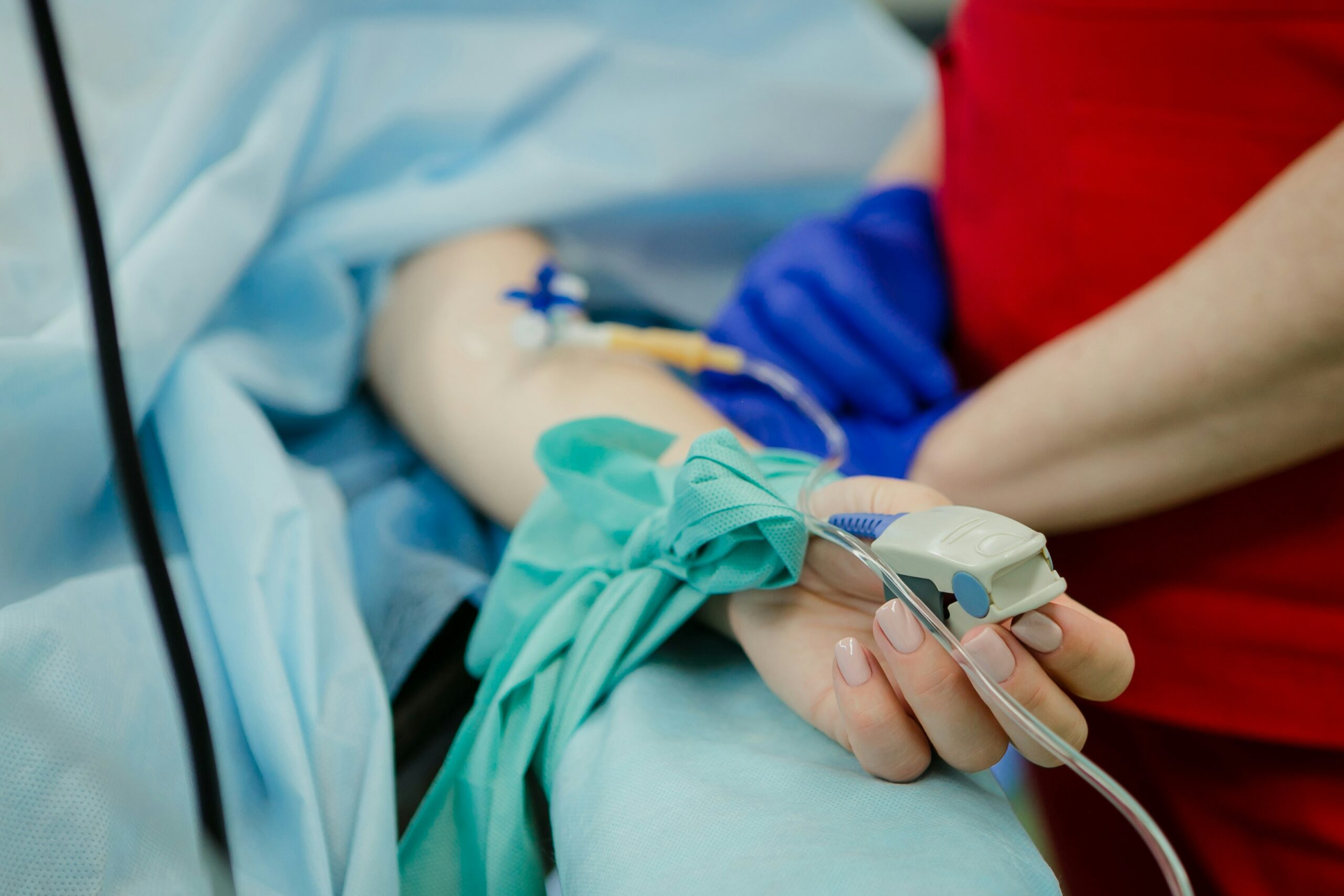
The therapy for squamous cell carcinoma involves different approaches. The choice of method relies on multiple elements: how much the cancer has advanced, where it is in the body, and above all, the general health status of the person suffering from this disease. Often, people hire a team of experts to ensure every part of the care is completely looked after.
Surgeons often decide to operate to take out cancer that is in one area. During the surgery, they cut out not just the bad cells but also a bit of good tissue around them, which helps stop the cancer from coming back.
Mohs surgery![]() uses a unique technique where it takes off thin slices of the cancer tissue one by one and checks them right away with a microscope. The goal is to accurately remove all the cancer but keep as much healthy tissue as possible.
uses a unique technique where it takes off thin slices of the cancer tissue one by one and checks them right away with a microscope. The goal is to accurately remove all the cancer but keep as much healthy tissue as possible.
In treatment with radiation, intense beams of energy focus on destroying cancer cells. This method is commonly used when surgery cannot be done or to remove remaining cancer cells after surgery.
Doctors can apply particular chemical substances that come as creams or gels on the skin. These therapies focus on destroying cancer cells in the outermost part of the skin when the lesions are not deeply rooted.
Cryotherapy uses liquid nitrogen for freezing cancer cells, providing two main benefits. It works well on small, focused areas of disease and helps to simplify the process of taking out unhealthy tissue.
First, the method using a curette removes cancer tissue, and then, with an electric needle, it destroys any leftover cancer cells. This way is mostly for treating cancers that are on the surface.
Doctors should consider using specialized therapies and immune treatments for squamous cell carcinoma that is getting worse or spreading. These new drugs aim to strengthen the body's defense system, helping it fight against cancer cells by itself.
Doctors sometimes suggest extra treatments like chemotherapy![]() or certain medicines. They do this for two reasons: to lower the chance of cancer coming back and to treat cancer that has spread.
or certain medicines. They do this for two reasons: to lower the chance of cancer coming back and to treat cancer that has spread.
When selecting the best treatment for squamous cell carcinoma, it is important to closely examine the cancer's characteristics and the individual's overall health. Making essential choices about an effective treatment plan involves working with doctors and patients.
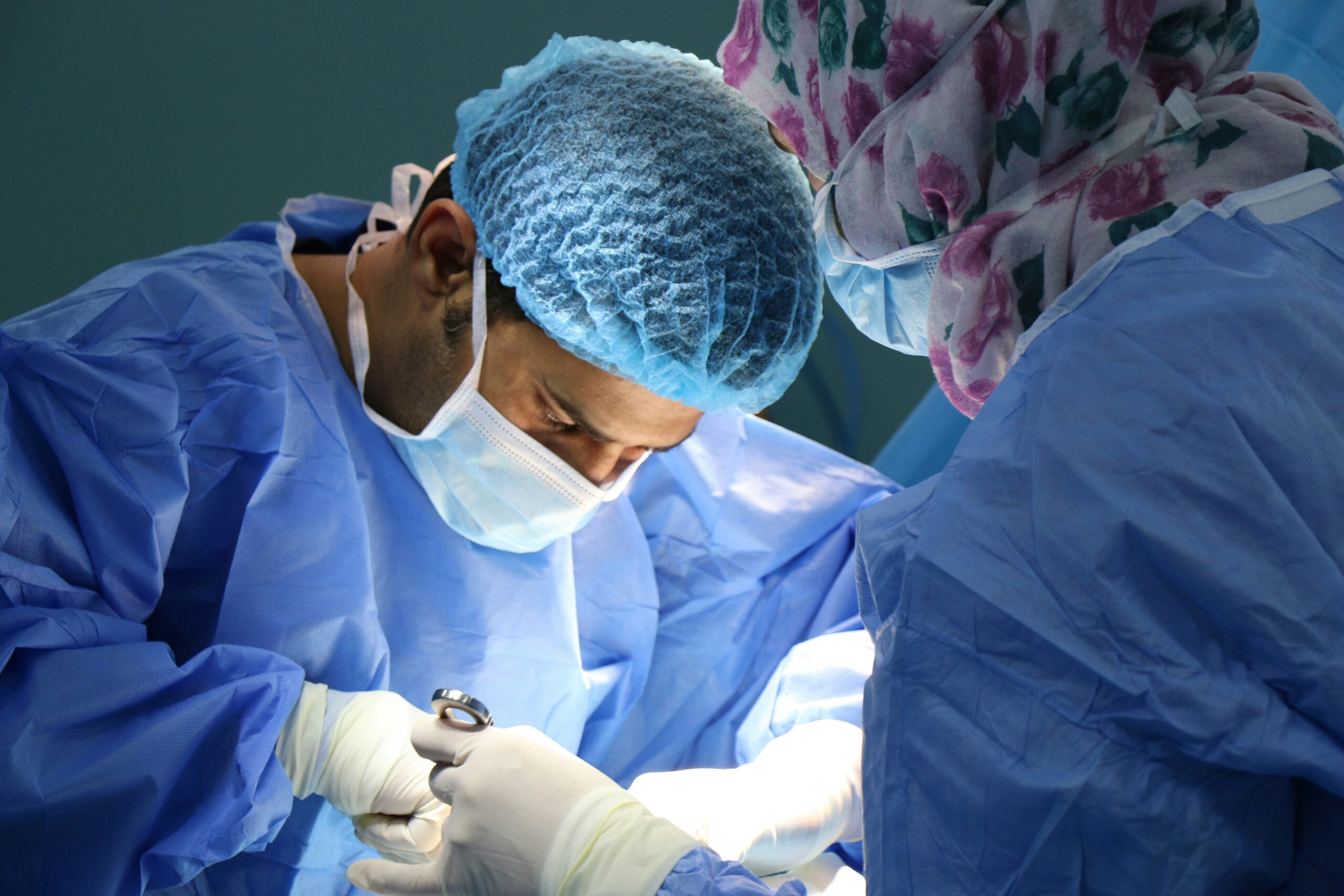
The future for someone with Squamous Cell Carcinoma is influenced by things like the stage of cancer, where it is in the body, and how healthy the person generally is. Finding the cancer early is significant for improving the chances of recovery. Swift intervention, usually involving surgical removal and complementary therapies, can lead to complete recovery.
But, when the cancer has moved to lymph nodes or different areas of the body, it's harder to look at positively. When Squamous Cell Carcinoma is advanced, there are significant hurdles, and then treatment aims more at handling symptoms and trying to keep the cancer from getting worse.
Even with these difficulties, progress in cancer study and treatment brings hope. Treatments that focus on the target, therapies based on immunity, and new methods increase our skills to treat squamous cell carcinoma well and raise the chances of surviving for a longer time.
Understanding the time to see severe symptoms needing quick response is crucial. It helps us determine when we must get urgent assistance for Squamous Cell Carcinoma. Some cases do not require fast treatment; however, certain obvious signs should alert you to see a doctor right away; these signs include:
If you or someone else has these concerning signs due to Squamous Cell Carcinoma, it's essential to seek urgent medical attention soon. These symptoms indicate the necessity for immediate physician assistance for a thorough examination and proper treatment.
To reduce the chance of getting squamous cell carcinoma, protect yourself from the sun and follow a strong routine for skin care every day. These actions are very important for lowering your risk.
Add these safety steps to your everyday habits: acting quickly can greatly lower the chance of getting squamous cell carcinoma. At the same time, this active way helps keep your skin healthy for a long time; it's very important for staying strong and feeling good over the years.
Table of Contents

Basal cell carcinoma (BCC) is a form of cancer that develops in basal skin cells. It usually appears on the… read more »
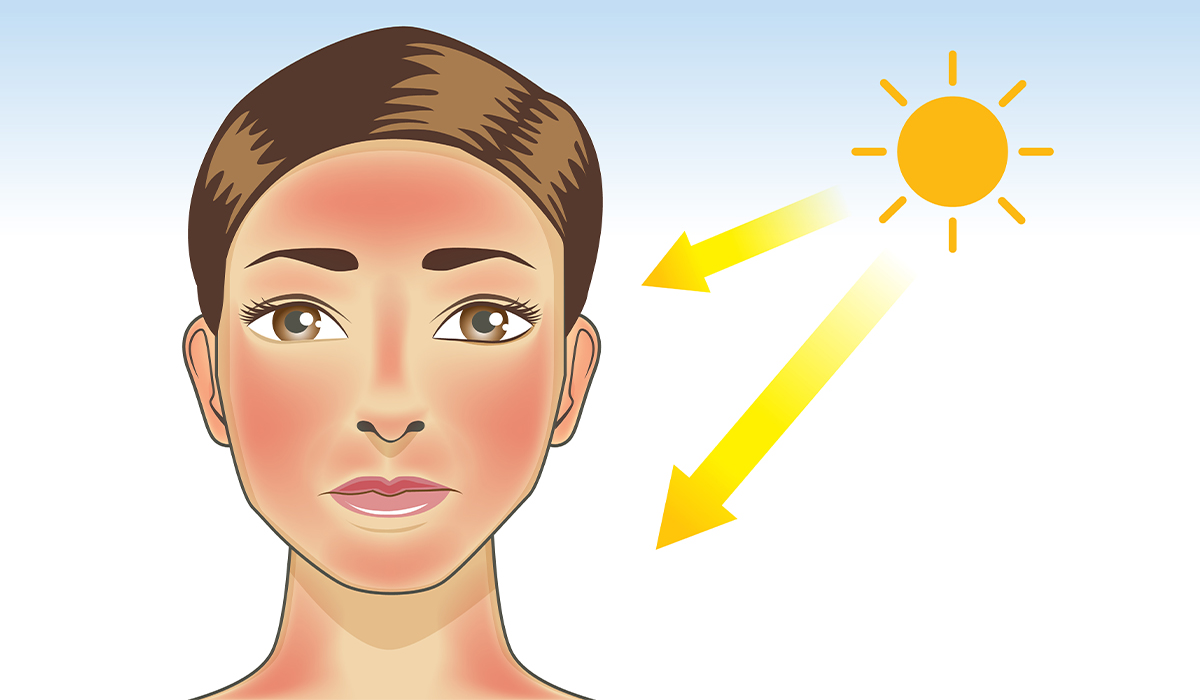
Sun Poisoning is a more severe form of sunburn. Additional distressing symptoms may occur. Learn about the effects of sun… read more »

Albinism is a genetically determined disease. See how to spot the first signs of albinism. Learn about the risks associated… read more »
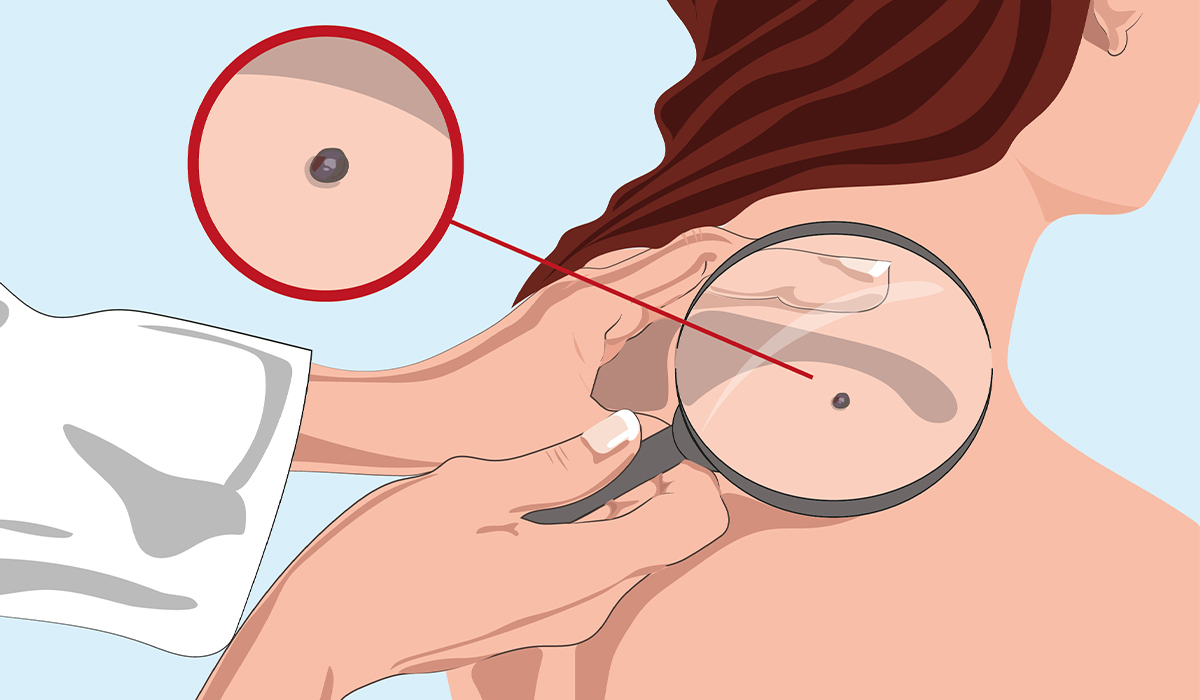
Skin cancer is an ailment in which skin cells develop exceptionally quickly and out of control. It happens because of… read more »
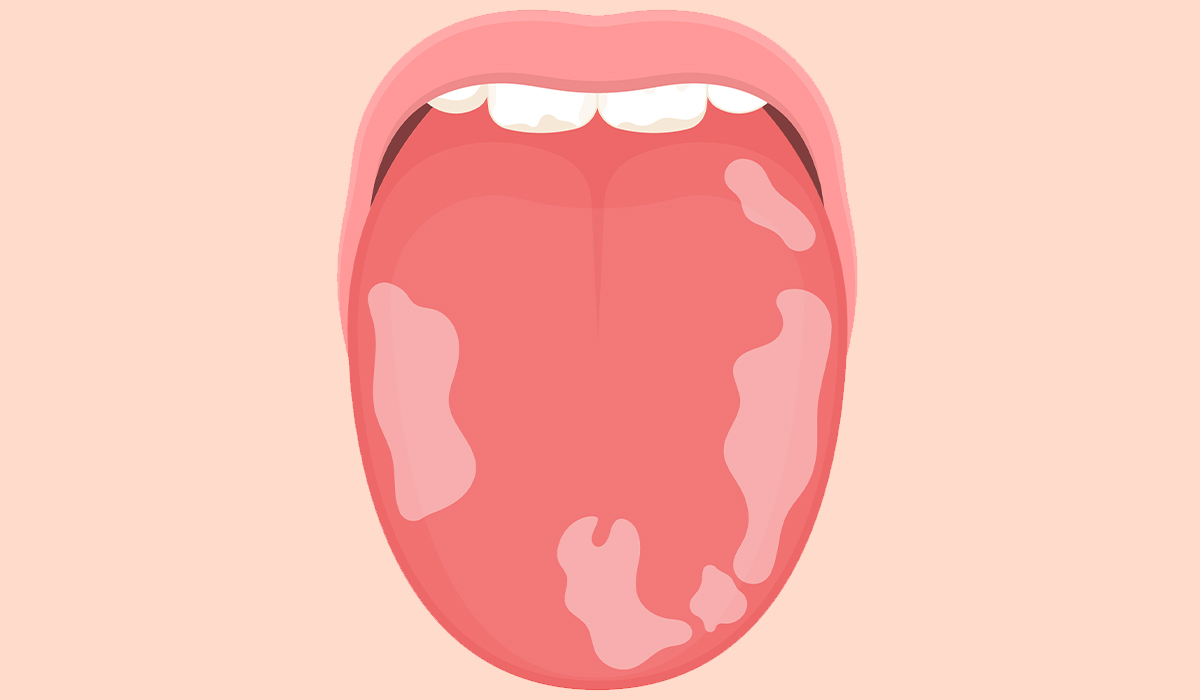
Leukoplakia is a disease that most commonly affects the oral cavity. A complication of leukoplakia can be cancer, so it… read more »

Sunburn is the result of the adverse and long-term effects of solar radiation on our skin. Are they dangerous? How… read more »

SPF is a measure of how well a sunscreen protects the skin from UVB rays, the type of ultraviolet radiation… read more »

Each day, approximately 9,500 people in the United States are diagnosed with one of the four forms of skin cancer.… read more »

Melanins are a group of pigments responsible for the pigmentation of organisms. What happens when there are too few or… read more »